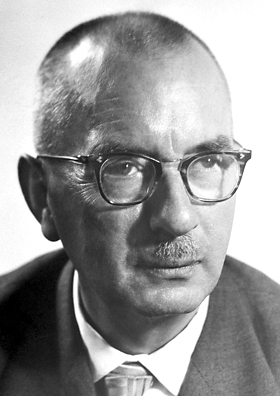 Name: Karl Ziegler.
Name: Karl Ziegler.
Country: German.
Date of Birth: 26 November 1898.
Date of Death: 12 August 1973.
The subject of Study: Ziegler–Natta catalyst polymer.
Noble Prize Year: Nobel Prize for Chemistry in 1963 for his research on on polymers.
Field: Organic chemistry.
About: Karl Ziegler, along with Giulio Natta, was awarded the Nobel Prize in Chemistry in 1963 for his contributions to the development of the Ziegler-Natta catalyst.
Ziegler was a German chemist who made significant advancements in the field of polymer chemistry. In the 1950s, he discovered a new class of catalysts that allowed for the production of high-quality, stereoregular polymers. These catalysts, known as Ziegler-Natta catalysts, were based on a combination of a transition metal compound and an organoaluminum compound.
The Ziegler-Natta catalysts revolutionized the polymer industry by enabling the production of plastics with specific structures and properties. Prior to Ziegler’s work, the synthesis of polymers lacked control over their stereochemistry, resulting in materials with varying and often inferior properties. The development of the Ziegler-Natta catalyst opened up new possibilities for tailoring polymers with improved mechanical strength, heat resistance, and other desirable characteristics.
The Ziegler-Natta catalysts had a profound impact on various industries, including the production of high-density polyethylene (HDPE), polypropylene (PP), and other important plastics. These materials found widespread use in everyday products, such as packaging materials, pipes, automotive components, and more.
Karl Ziegler’s groundbreaking contributions to polymer chemistry and his development of the Ziegler-Natta catalyst played a crucial role in the advancement of materials science and had a lasting impact on various industries. As a result, he was jointly awarded the Nobel Prize in Chemistry in 1963, along with Giulio Natta, who independently made similar discoveries in the field.




